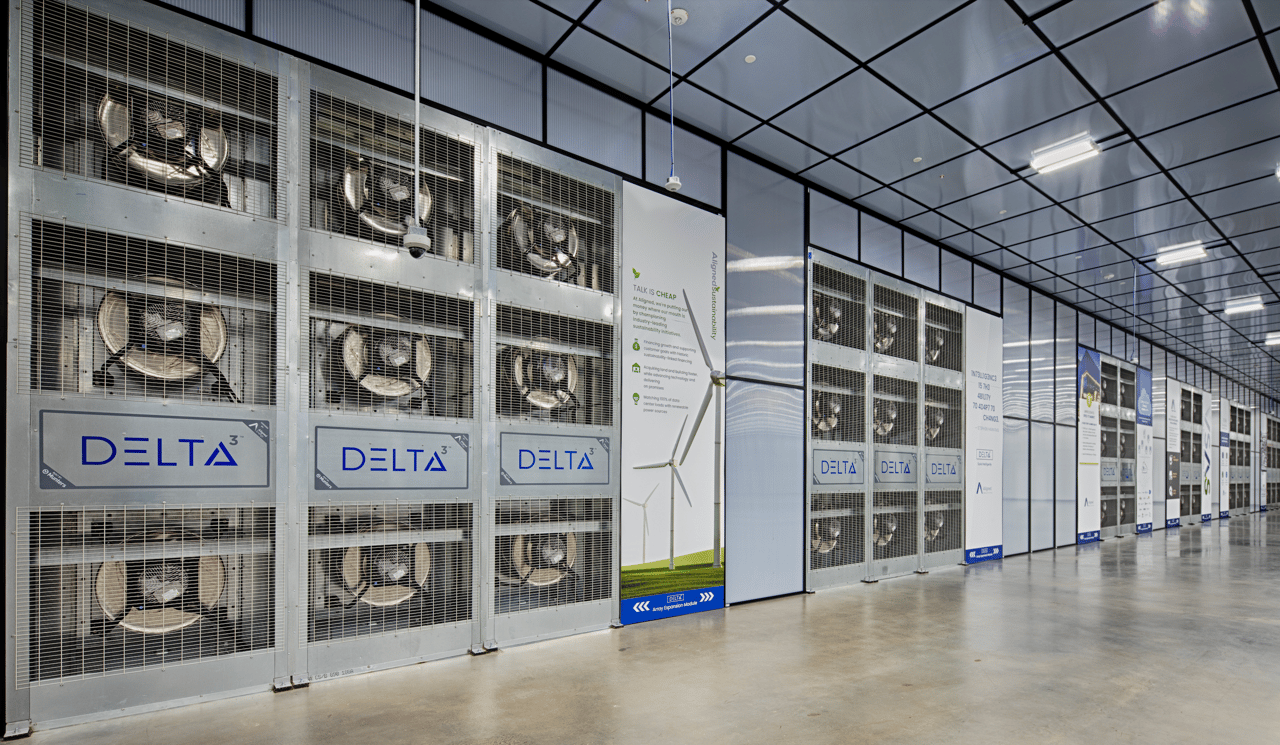GuEST COLUMN
Even before companies shifted their digital transformation initiatives into overdrive, customer-driven demands and new technologies had been dramatically increasing the variability of workloads and the density requirements of data centers. Ten years ago, standard power densities in data centers were 3 to 5 kW per rack. Today, however, it’s not uncommon to see 8 to 12 kW per rack, with some deployments reaching 30 kW and beyond.
Most legacy data center solutions offer space configured at static densities. However, rising workload and density demands are pushing experts to consider how industry norms may be holding us back. There are tremendous benefits to increasing density, and it’s not a complex, exotic, or expensive proposition. It’s simple, and, when done right, can deliver lower OpEx and CapEx, greater efficiencies, and a host of other advantages.
Overprovisioned and Underutilized
Legacy data centers are configured at a static density, whereby the space layout, power, and cooling systems are designed to support a certain density per square foot. To alter the density the footprint can support requires reconfiguring the layout, including the setup of power and cooling systems. Very often, a legacy data center may have available floor space and racks but no remaining power or cooling. Alternately, it may have the power and cooling capacity available but no remaining space.
To allow for future growth in space, power, and cooling, legacy data center operators have to overprovision. While that allows for future vertical and/or horizontal scalability, it also means the data center is underutilized, often for many years, which leads to significant capital cost inefficiencies.
Most data centers can support high-density servers, but the only way to ensure they don’t overheat is to either half fill the racks or spread them apart. Both approaches create stranded capacity, a significant inefficiency in data centers, and a key driver of low infrastructure utilization rates.
Supporting higher densities and increasingly dynamic compute loads without stranding capacity and enabling scalability without overprovisioning requires the provider and its infrastructure to be adaptive. And, one of the most critical challenges to address with increasing power density within the data center is cooling.

The legacy mindset is dissipating. The question is not “How can I afford to go denser?” It’s “How can you afford not to?”
Photo courtesy of Aligned
A Better Way to Densify
Supporting high, variable, or mixed density is about the ability of data center cooling systems to deal with all of the extra heat generated by high-density servers without compromise. In order to create a data center that is capable of scaling dynamically from 1 to 50 kW per rack, it’s necessary to fundamentally rethink how the data center is designed and how its cooling mechanisms work. For example, the data center cooling challenge is actually a heat removal challenge.
To solve for that challenge, a cooling technology that captures and removes heat at its source rather than pushing cold air into the data hall can result in higher efficiencies, tighter airflow controls, and the handling of much higher delta T’s than is typical. This leads to the system being able to adapt more dynamically to varying IT loads and enables companies to expand on demand as a result of both planned and unplanned density changes.
Rightsizing and Optimization
When it comes to data centers, optimizing floor space is critical to driving efficiencies as well as keeping OpEx low. Contradictory to the legacy mindset, adding capacity to address rising densities doesn’t have to mean buying additional square footage or massive, exotic cooling systems.
In an adaptive data center environment, modularity is key. As density increases, cooling units should be easy to add to increase cooling capacity on demand without impacting customer load or operations. This gives a customer the ability to densify the same footprint over time, enabling them to scale in place (or vertically), without the need to acquire more square footage from their data center provider.
So, if your business demands it, by all means, go denser. If your company goes about it the right way, you’ll be able to reduce capital and operational expenditures, avoid additional build-outs, improve energy efficiency, and do right by the planet.
The legacy mindset is dissipating. The question is not “How can I afford to go denser?” It’s “How can you afford not to?”
Marcus Moliteus
Marcus Moliteus is director of solutions architecture at Aligned.

